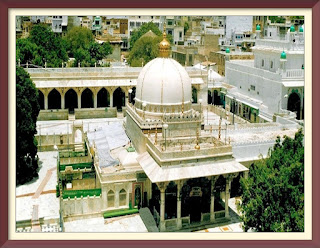 |
| Jaflong Falls |
Jaflong is a hill station and well known traveler destination in the Division of Sylhet, Bangladesh. It is situated in Gowainghat Upazila of Sylhet District and arranged at the outskirt in the middle of Bangladesh and the Indian condition of Meghalaya, dominated by subtropical mountains and rainforests. Jaflong is acclaimed for its stone accumulations and is home of the Khasi tribe.
Jaflong is a standout amongst the most appealing vacationer spots in Sylhet division. It is around 60 km from Sylhet town and takes two hours drive to reach there. Jaflong is additionally a picturesque spot close-by in the midst of tea greenery enclosures and uncommon excellence of moving stones from slopes. It is arranged other than the waterway Mari in the lap of Hill Khashia.
The area grabbers possessed government khas arrive and held forestland and removed stone by cutting little slopes contaminating the earth of Jaflong. They likewise settled pounding factories on the forestland without authorization from government.
In mid 2005, Laskar Muqsudur Rahman, Deputy Conservator of Forests, Sylhet Forest Division, watched that Jaflong that he heard in his childhood as the "lungs" of Greater Sylhet was in question because of on going infringements and foundation of unapproved stone pounding plants. He took activities to recoup the area and build up an entertainment cum-herbal park named as 'Jaflong Green Park'. The principal establishment stone for the topical Green Park at Jaflong was laid by Laskar Muqsudur Rahman, Deputy Conservator of Forests in 2005 with the participation of nearby backwoods staffs drove by Forest Ranger Mohammad Ali.

In any case, at the beginning it was a testing undertaking because of neighborhood clashes and procedural limitations. The forestation program in Jaflong Green Park has been begun under supervision of the joint strengths, Jaflong Foundation and Forest Department. They have together taken up the forestation program with around 100 hectares of got area. Under the forestation program, different sorts of trees, including half and half Akash-moni, are being planted in the recreation center to keep up biological equalization.
Jaflong is a standout amongst the most appealing vacationer spots in Sylhet division, arranged at the outskirt in the middle of Bangladesh and the Indian condition of Meghalaya, eclipsed by subtropical mountains and rainforests, other than the stream Mari. It is a grand spot adjacent in the midst of tea greenery enclosures and uncommon excellence of moving stones from slopes. It is well known for it's stone accumulations and is home of Khasia tribe. Lalakhal is a blue water channel at Sylhet encompassed by heaps of Meghalaya, around 01 hour drive from Jaflong.
In this visit, we go up against you a wonderful vessel ride at LalLalakhal and Mari stream, visit tea gardens and Khasia tribal towns. You can perceive how Khasias develop betel leaves and nuts, which is their primary calling, and taste some as well in the event that you are brave! Likewise can encounter how individuals gather stones from waterway and take them to crushers physically, on which business sixty percent of the populace on that region is some way or another included.










